 Directors Alfonso Cuarón and J.J. Abrams, actor Chris Pine and Academy President Cheryl Boone Isaacs announced the nominations for the 87th Academy Awards® today (Jan. 15). For the first time, nominees in all 24 categories were announced live.
Directors Alfonso Cuarón and J.J. Abrams, actor Chris Pine and Academy President Cheryl Boone Isaacs announced the nominations for the 87th Academy Awards® today (Jan. 15). For the first time, nominees in all 24 categories were announced live.
Academy members from each of the 17 branches vote to determine the nominees in their respective categories. In the Animated Feature Film and Foreign Language Film categories, nominees are selected by a vote of multi-branch screening committees. All voting members are eligible to select the Best Picture nominees.
The 87th Academy Awards ceremony will take place at 7 p.m. (EST)/4 p.m. (PST) Sunday, Feb. 22, at the Dolby Theatre in Hollywood. Produced by Craig Zadan and Neil Meron, the show will be broadcast live on ABC and televised live in more than 225 countries worldwide.
See the full list here.






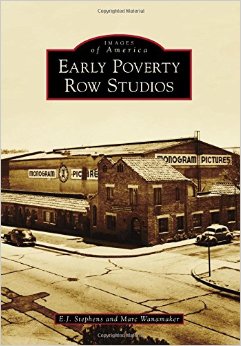










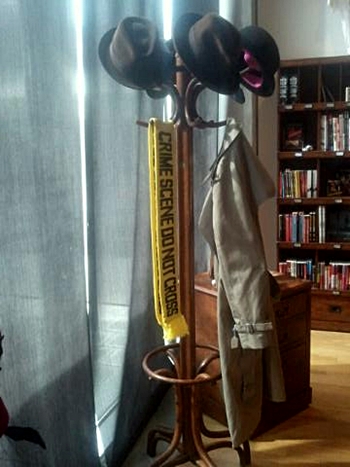


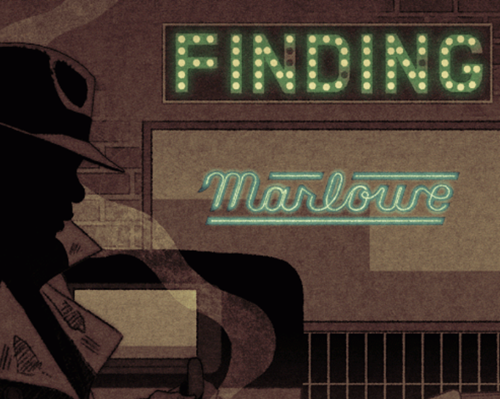

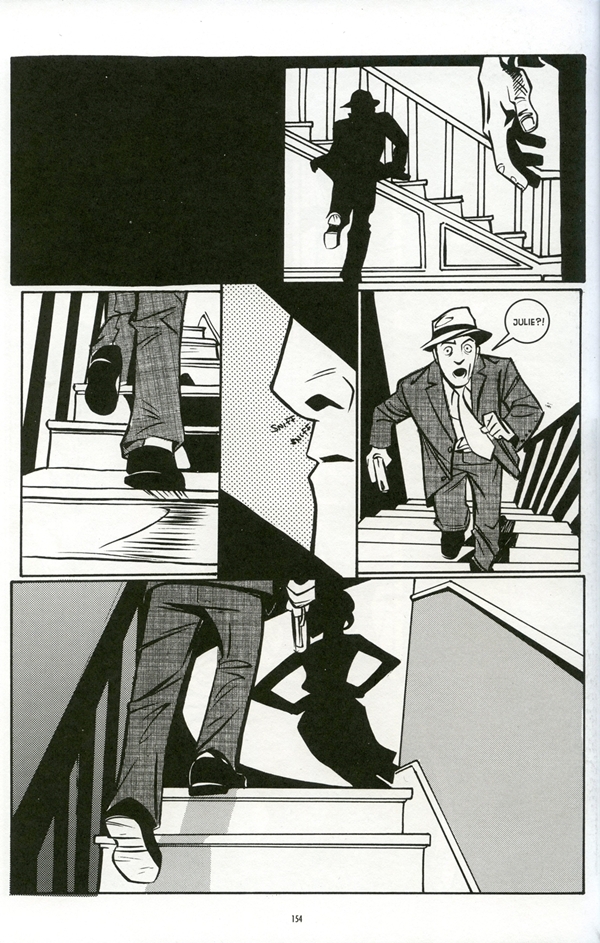






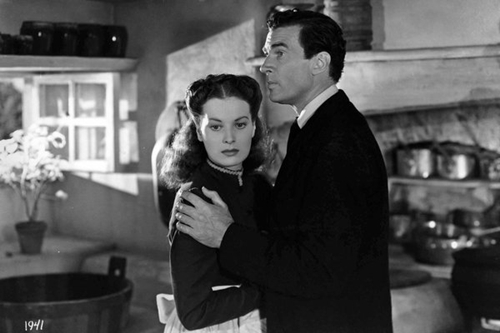


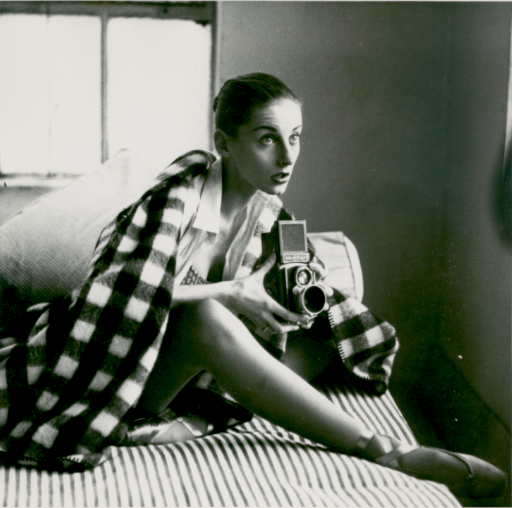






From FNB readers